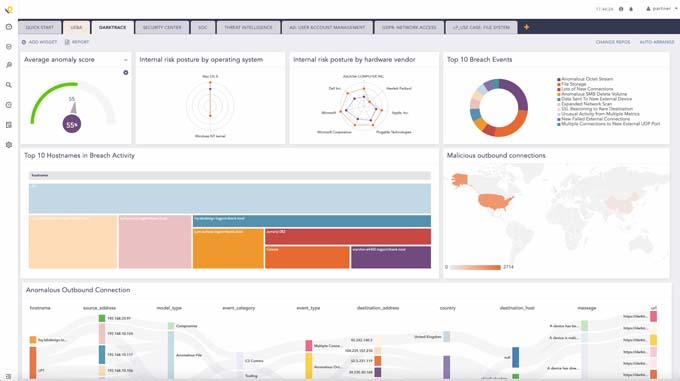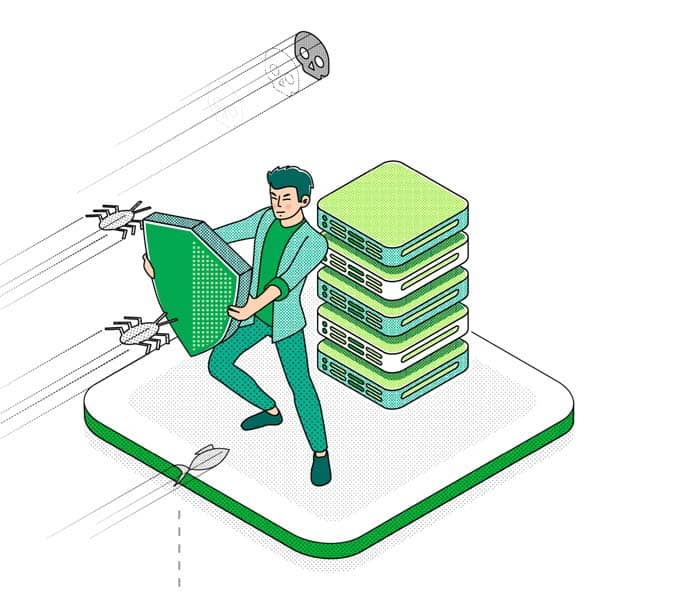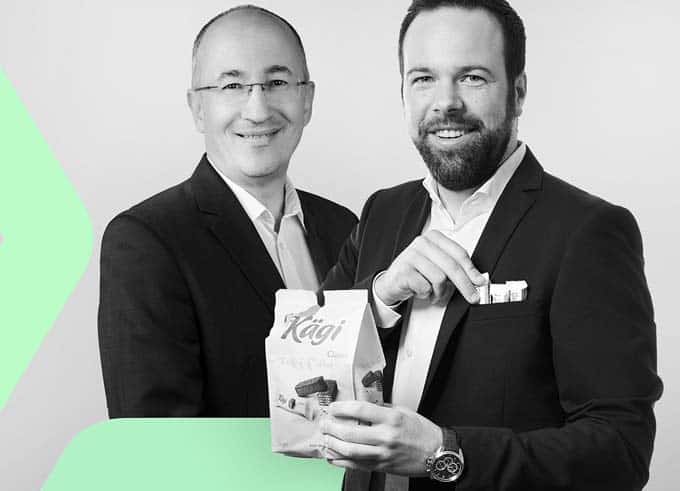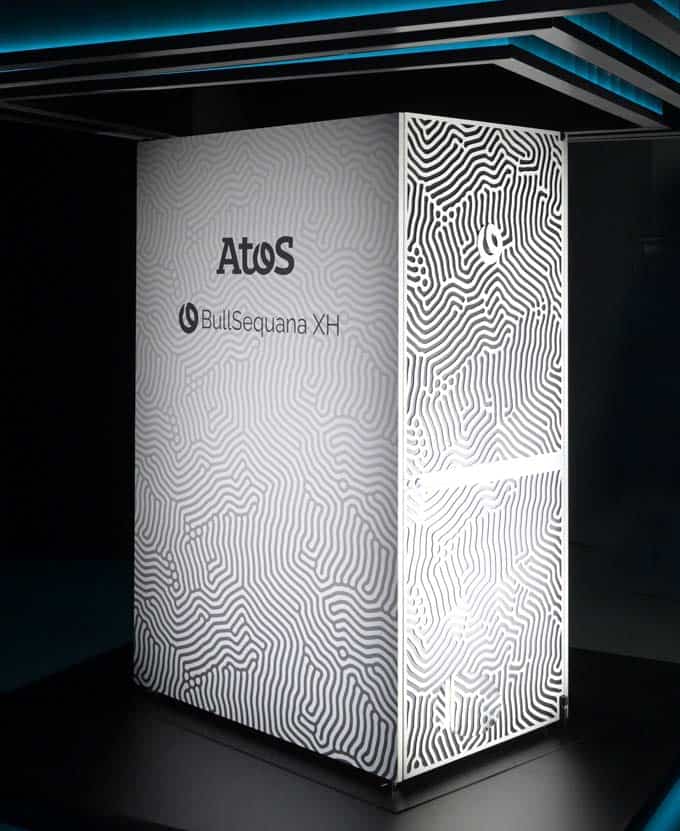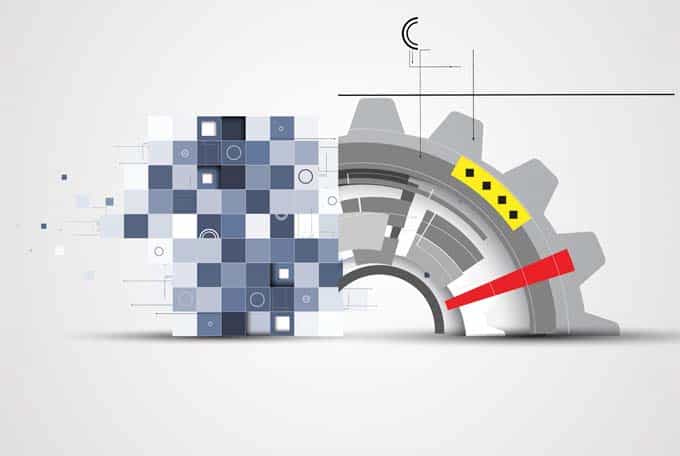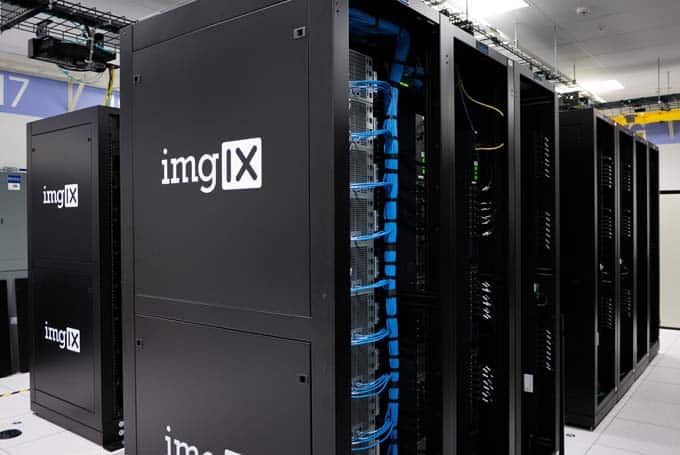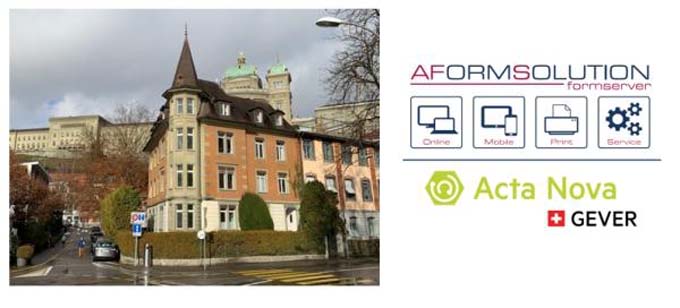Plant management: Gruyère Energie opts for Berger-Levrault solution
Gruyère Energie relies on Berger-Levrault's CARL Source EAM solution for asset management of its production and distribution infrastructures (district heating, electricity, drinking water). This is a not insignificant business success for the French software manufacturer, which recently opened a branch in Lausanne.

A few weeks after the opening of its Lausanne branch, the publisher Berger-Levrault records a successful business deal with the Gruyère Energie company. The energy and water supplier, present in nearly 40 municipalities in the regions of Gruyère, Glarus, Vevey and the Pays-d'Enhaut, has chosen CARL Source EAM software for its asset management and infrastructure maintenance. "The management of our assets, and in particular the organization of their maintenance, is a key factor for an infrastructure company like Gruyère Energie. We rely on the CARL Source EAM software to help us move towards excellence in this area," emphasizes Claude Thürler, Managing Director of Gruyère Energie SA. And Laurent Rollinger, Head of Development at Berger-Levrault Suisse, adds: "We're doing everything we can and deploying our best industry experts to accompany Gruyère Energie's teams in their day-to-day work and in the implementation of the solution, and to build a high-quality partnership between our two companies."
Maintenance and asset management has strategic importance
As a key player in the energy transition in its region, Gruyère Energie offers its customers innovative solutions in the field of renewable energies. The maintenance of these plants presents the company with technical and organizational challenges. These include developing new processes on state-of-the-art equipment, optimizing the complete control system, maintenance and supporting nearly 300 employees in a process of modernization and continuous improvement. "Given our significant growth, we needed an ad hoc EAM tool that was better suited than a traditional digital and paper-based system. Our needs relate to our technical infrastructures and energy distribution networks (thermal power plants, hydroelectric plants, water distribution networks, etc.), which are becoming too large to manage without a CMMS. Our state-of-the-art facilities require more monitoring and preventive maintenance. I'm thinking, for example, of our industrial infrastructure and our circulating machinery, which require very strict monitoring. This is where our true maintenance capital lies. Our technicians, all of whom have an excellent level of autonomy, will experience the ease of use of CARL Source and its mobile solution CARL Touch," explains Tahar Klabi, EAM Manager at Gruyère Energie SA.
Product from 35 years experience
According to the manufacturer, 35 years of experience stand behind the CARL Source software. The product guarantees speed, mobility and ease of use, the manufacturer adds. Gruyère Energie now wants to use the following functions:
- Asset management and infrastructure management
- Operational requirements
- preventive maintenance, repair, supervised and planned maintenance
- Budget control
- Stock display
- Management of linear assets and maintenance contracts
- Digitization with the CARL Touch mobile solution
- Tracking of the plants via the GIS
- Building management through Building Information Modeling (BIM)
In an initial phase, ten CARL Source licenses and 13 licenses of the CARL Touch mobile solution will be operated by Gruyère Energie, with final commissioning planned for June 2022.
Sources and further information:
http://www.carl-software.ch
www.gruyere-energie.ch









